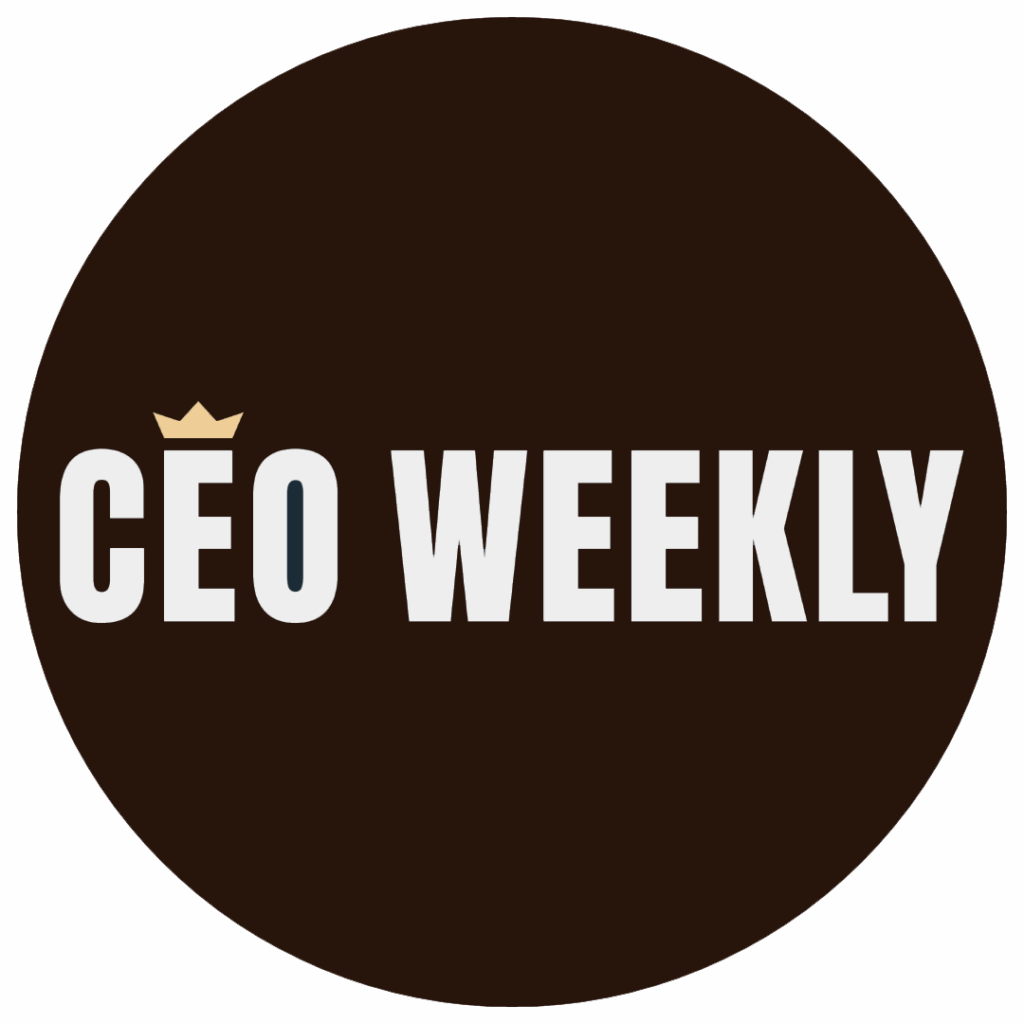By: James Brown
In an era defined by talent shortages, hybrid work models, and shifting employee expectations, forward-thinking businesses are increasingly finding that employee recognition isn’t just a nice-to-have perk—it’s often a strategic imperative that can have measurable impact on both company culture and bottom-line results.
The Business Case for Recognition
The data suggests compelling trends: organisations with robust recognition programmes may experience a reported 30% reduction in staff turnover, an up to 85% improvement in workplace culture, and an average annual gain of €10,380 per employee. Yet research indicates that only 30% of employees typically feel fully engaged at work—highlighting a potential opportunity for businesses willing to invest in strategic recognition.
“Recognition has evolved beyond simple acknowledgment—it’s now often seen as a way to foster a thriving work culture of appreciation that may drive business success,” explains Gary Purcell, CEO of recognition platform provider Amplify. “Our data often suggests that systematic recognition has the potential to deliver a significant return on investment, positioning it as a valuable tool for fostering engaged, productive teams.”
The Science Behind Recognition’s Impact
Modern recognition programs are thought to leverage fundamental psychological principles that may explain their significant impact on employee performance and retention:
Neurological Reinforcement
Neuroscience research suggests that receiving recognition can trigger dopamine release in the brain, creating positive associations with work behaviors and environments. This neurochemical response is believed to form the foundation of habit formation and motivation.
When recognition is timely and specific, it may create neural pathways that reinforce desired behaviors more effectively than financial incentives alone. Recent studies indicate that recognized employees are up to 63% more likely to remain at their current company and approximately 49% more likely to often demonstrate high performance.
The Visibility Factor
Public recognition appears to fulfill a fundamental human need for acknowledgment and status among peers. When employees’ contributions are visibly celebrated, it can create powerful social reinforcement that strengthens professional identity and may encourage consistent performance.
This visibility factor is considered particularly impactful in today’s hybrid work environments, where employees might feel disconnected or isolated. Digital recognition platforms that create social, company-wide visibility could help maintain cultural cohesion across distributed teams.
The Anatomy of Modern Recognition
Today’s more effective recognition programs have evolved far beyond the traditional “Employee of the Month” plaque. They often incorporate sophisticated digital platforms, diverse recognition methodologies, and strategic alignment with business objectives.
Digital-First Recognition Architecture
The technological foundation of effective recognition systems typically includes:
- Cloud-based platforms accessible from anywhere
- Mobile-first interfaces that enable real-time recognition
- AI-powered suggestion engines that prompt recognition moments
- Analytics dashboards that track engagement and impact
- Integration capabilities with existing HR systems
- Multi-language support for global organizations
- Customizable recognition templates aligned with company values
- Gamification elements that may drive program engagement
https://www.youtube.com/watch?v=ZPuUcrdiEQU
Strategic Recognition Types
Comprehensive recognition programs often incorporate multiple recognition modalities:
Performance Recognition
- Achievement-based rewards tied to measurable metrics
- Project completion celebrations
- Innovation acknowledgments
- Sales milestone recognition
Social Recognition
- Peer-to-peer appreciation platforms
- Team collaboration awards
- Cross-departmental acknowledgment
- Public celebration of achievements
Values-Based Recognition
- Acknowledgment of behaviors that exemplify company values
- Cultural contribution awards
- Purpose-driven recognitions that reinforce the mission
- Community impact celebrations
Career Recognition
- Service milestones that honor tenure
- Learning and development achievements
- Mentorship acknowledgments
- Skill acquisition celebrations
https://www.youtube.com/watch?v=1Kc4ulGymM8
Implementation Framework for Success
For organizations looking to implement or enhance recognition programs, experts often recommend a structured approach:
Phase 1: Strategic Design (6-8 weeks)
The foundation of an effective recognition program often begins with strategic alignment:
- Define clear objectives and expected outcomes
- Conduct current state assessment through employee surveys
- Map recognition criteria to organizational values and priorities
- Design recognition frameworks appropriate for different employee segments
- Create reward structures with appropriate redemption options
- Develop program branding that resonates with company culture
- Establish governance structures and policies
- Define clear success metrics and measurement approaches
Phase 2: Effective Launch (4-6 weeks)
A well-executed launch strategy can drive initial engagement and adoption:
- Develop comprehensive communication campaigns
- Create leadership training programs focused on effective recognition
- Establish recognition champions across departments
- Design user engagement strategies
- Implement program support resources
- Create launch events that generate excitement
- Establish feedback mechanisms for continuous improvement
- Deploy platform with initial user testing
Phase 3: Sustained Engagement (Ongoing)
Long-term program success often requires continuous optimization:
- Monitor participation metrics and usage patterns
- Gather regular employee feedback
- Analyse recognition data for insights
- Report program ROI to leadership
- Refresh program elements to maintain engagement
- Evolve reward offerings based on redemption patterns
- Conduct periodic program assessments
- Scale successful elements while refining underperforming aspects
https://www.youtube.com/watch?v=6ISnTV3Aplg
The Recognition Leadership Imperative
The significant predictor of recognition programme success is often leadership engagement. Research suggests that senior leadership involvement can increase program participation by up to 90% and may dramatically improve program sustainability.
Effective recognition leaders tend to demonstrate specific behaviors:
- Personally participate in recognition activities
- Publicly acknowledge team and individual contributions
- Connect recognition moments to organizational purpose and values
- Model consistent recognition practices
- Share recognition stories in communications
- Include recognition metrics in business reviews
- Allocate appropriate resources to recognition programs
- Hold managers accountable for recognition engagement
Industry-Specific Recognition Strategies
While recognition fundamentals remain consistent, implementation strategies often vary significantly across industries:
Technology Sector Recognition
Technology companies face unique engagement challenges, including high-demand talent markets and rapid project cycles. Effective recognition in tech environments often emphasizes:
- Innovation and problem-solving contributions
- Technical knowledge acquisition and sharing
- Collaboration across distributed teams
- Project milestone achievements
- Client solution impact
- System improvement contributions
- Code quality and efficiency
- Technical mentorship and knowledge transfer
Financial Services Recognition
Financial services organizations balance regulatory requirements with the need for employee engagement. Their recognition programs often focus on:
- Compliance excellence acknowledgment
- Client satisfaction achievements
- Risk management contributions
- Process improvement recognition
- Professional certification accomplishments
- Team collaboration across specialized functions
- Client relationship milestones
- Security and data protection contributions
Manufacturing Sector Recognition
Manufacturing environments may benefit from recognition programs that emphasize:
- Safety achievement recognition
- Quality improvement contributions
- Process efficiency innovations
- Production milestone celebrations
- Cross-functional team collaboration
- Problem-solving acknowledgments
- Technical skill development
- Continuous improvement suggestions
Measuring Recognition Impact: The Metrics That Matter
Modern recognition programs often incorporate sophisticated analytics that can demonstrate tangible business impact:
Core Performance Indicators
- Employee retention rates compared to industry benchmarks
- Engagement scores through regular pulse surveys
- Recognition activity levels across departments and teams
- Program participation rates among eligible employees
- Recognition of diversity across different achievement types
- Manager participation in recognition activities
- ROI calculations based on retention and productivity improvements
- Customer satisfaction correlation with recognition activity
Advanced Analytics Applications
Leading organizations are increasingly implementing advanced analytics approaches, including:
- Predictive modeling to identify engagement risk factors
- Correlation analysis between recognition and business outcomes
- Recognition network mapping to visualize cultural connections
- Sentiment analysis of recognition messages
- Pattern identification for high-impact recognition moments
- ROI forecasting based on program adjustments
- Recognition equity analysis across demographic segments
- Value alignment measurement through recognition content
The Future of Recognition: Emerging Trends
The recognition landscape appears to be evolving rapidly, with several emerging trends shaping next-generation programs:
Technology Evolution
- AI-powered recognition suggestions that prompt managers
- Predictive analytics identifying recognition opportunities
- Voice-activated recognition for frictionless user experience
- Augmented reality celebration experiences
- Blockchain-based reward systems offering greater transparency
- Integration with collaboration platforms for seamless workflow
- Mobile-first interfaces designed for distributed workforces
- Real-time recognition dashboards for leadership insight
Recognition Philosophy Shifts
- Wellbeing-focused recognition incorporating mental health awareness
- Purpose-driven rewards aligned with social impact
- Personalised recognition pathways based on individual preferences
- Sustainability-oriented reward options
- Family-inclusive recognition experiences
- Skill development-linked recognition programs
- Equity-focused recognition approaches
- Learning-integrated recognition systems
The ROI Equation: Quantifying Recognition Impact
When properly implemented, recognition may deliver measurable returns that justify investment:
- Recruitment cost reduction through improved retention
- Training expenses decrease through knowledge retention
- Customer satisfaction improvement through consistent service
- Revenue growth through enhanced employee performance
- Innovation increases through greater engagement
- Operational efficiency through a motivated workforce
- Brand reputation enhancement through employee advocacy
- Crisis resilience through stronger team cohesion
According to comprehensive industry analysis, organizations with strategic recognition programs tend to outperform those without in several key metrics:
- Up to 31% lower voluntary turnover
- Approximately 37% higher productivity
- Around 22% higher profitability
- Nearly 21% higher customer satisfaction scores
- As much as 41% fewer quality incidents
- Up to 48% fewer safety incidents
- About 27% lower absenteeism
- Roughly 33% higher NPS scores
Building a Recognition-First Culture
For organizations seeking to transform their workplace culture through recognition, the journey begins with understanding that effective recognition is not merely a program but potentially a fundamental business philosophy.
“What we’re seeing in successful organizations is the emergence of recognition-first cultures,” notes Purcell. “These companies appear to have integrated meaningful appreciation into every aspect of their employee experience—from onboarding through career development and beyond. The result is not just higher engagement but potentially a fundamental transformation in how work gets done and how people connect to purpose.”
The successful recognition-focused organizations often share several key characteristics:
- Recognition is tied directly to company values and strategy
- Leaders at all levels actively participate in recognition activities
- Appreciation is integrated into daily workflows
- Recognition moments are both spontaneous and structured
- Metrics track both recognition activity and business impact
- Program evolution is continuous and data-driven
- Recognition approaches adapt to different employee segments
- Celebration becomes embedded in organizational culture
The Strategic Imperative: Why Recognition Matters Now
In today’s highly competitive talent marketplace, strategic recognition has evolved from a nice-to-have program to what many consider a business-critical advantage. As organizations navigate unprecedented workforce challenges—from talent shortages to hybrid work models—recognition may provide a powerful lever for building the engaged, resilient workforces needed for business success.
The organizations that implement comprehensive, strategically aligned recognition programs now could be positioned to attract, retain, and motivate the talent needed to thrive in an increasingly competitive business landscape.
Published by Jeremy S.









